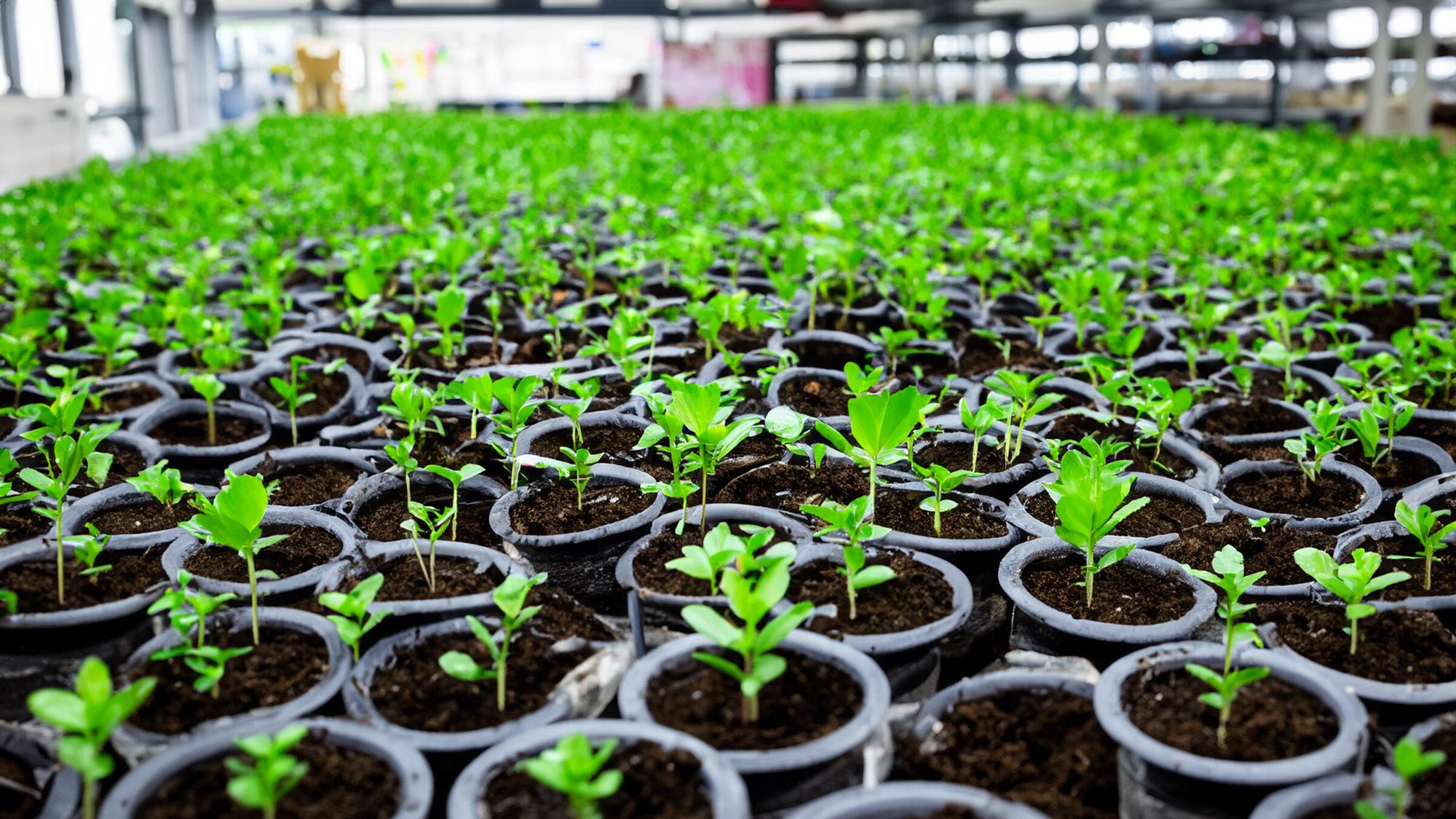Cannabis cultivation has evolved into a sophisticated art form, with cultivators blending science and creativity to develop strains with unique profiles and intriguing names. This intricate process combines botany, genetics, and a deep understanding of the plant’s potential effects on the human body and mind. As the cannabis industry expands, the creativity behind strain development and naming has become a critical aspect of market differentiation and consumer appeal.
At the heart of creating a new cannabis strain is the process of selective breeding. Cultivators start by identifying parent plants with desirable traits, such as potency, aroma, flavor, yield, and resistance to pests and diseases. These traits can be influenced by the plant’s genetics, environment, and the cultivator’s expertise. The goal is to combine the best attributes of the parent strains to create a new hybrid strain that stands out in the crowded cannabis market. This process requires a deep understanding of genetics and a lot of patience, as it can take several generations of plants to stabilize the desired traits in the offspring.
Beyond the science of breeding, the naming of cannabis strains plays a significant role in their branding and marketing. Names often reflect a strain’s genetic lineage, effects, aroma, or flavor. Some names hint at the strain’s potency or intended experience, with names like “Green Crack” or “Laughing Buddha” suggesting the effects a user might expect. Others may draw inspiration from the strain’s aroma or flavor profiles, like “Pineapple Express” or “Blueberry Kush”. The creativity in naming is boundless, with some cultivators opting for whimsical or mysterious names to intrigue consumers and stand out on dispensary shelves.
The development of a strain’s profile and name is also influenced by its terpene content—the aromatic compounds that determine the scent and can affect the plant’s therapeutic properties. Cultivators often aim to create strains with a complex terpene profile, offering a unique combination of flavors and aromas. This customization adds another layer to the strain’s identity, further distinguishing it in the market.
Regulatory environments also play a role in the naming process. As the legal landscape around cannabis evolves, some regions have started to scrutinize strain names, especially those that could appeal to minors or mislead consumers about the effects. This has led to a more thoughtful approach to naming, with a focus on transparency and consumer education.
In conclusion, the creation of cannabis strain profiles and names is a delicate balance of science, art, and marketing. Cultivators invest significant time and resources into developing strains that meet consumer demands for specific experiences, flavors, and effects. As the cannabis industry continues to grow and evolve, the innovation behind strain development and naming will remain a cornerstone of its appeal and success.

